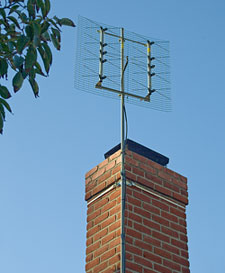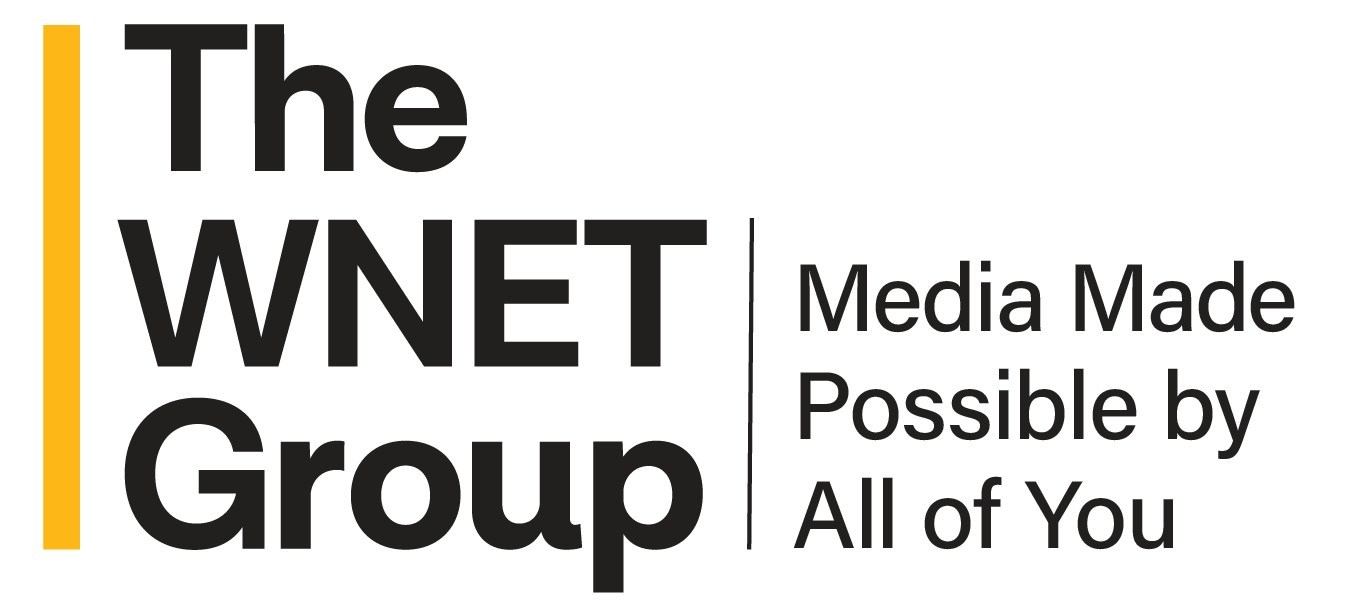Are Viewers Rediscovering Over the Air TV?

An article in the Business Section of the Dec. 25 issue of the Los Angeles Times, entitled, “Rabbit ears make comeback in digital TV era” was very interesting, and not simply because the Times has apparently adopted the European approach to headlines (capitalize only the first letter of the first word in the headline). The article heralds the fact that viewers in the Los Angeles area have discovered not only that off-air reception is free, but also, in the words of one interviewee, “Everyone who does it says that the picture quality is actually better than what you are getting through cable.”
Duh! These people obviously don’t read my column, do they? Although I readily concede that a good quality analog NTSC signal can look very good, a good quality digital SD signal can look better than good, and as for off-air high-definition versus cable and satellite: fuggedaboudit!
MISCONCEPTIONS ABOUT RF
It was several years ago that I became acutely aware of the prevailing misconceptions about the quality of the various delivery methods. I was at an HDTV conference mounted by organizations in the advanced display industry, where I was representing the position (and touting the quality) of the broadcast network for which I then worked. Between presentations, there were some poll questions asked, and the audience responded using little RF devices sort of like TV remote controls. This question was asked: “Which delivers the best HDTV quality: broadcast, cable, or satellite?” The response tabulation revealed that broadcast lost by a huge margin. But we know better, don’t we? Broadcast HDTV delivers by far the best-quality HD pictures, because cable and satellite bit-starve the digital pictures in order to decrease the bandwidth they occupy. However, the perception was otherwise, even in this audience of people, many of whom worked in the high-end display industry.

The author's antenna setup The Los Angeles Times article went on to describe the fact that a viewer in the Los Angeles area can see nearly 70 different channels off-air, broadcast by about 26 digital stations. Almost all of the Los Angeles area digital stations carry more than one channel. Many have a high definition signal plus two or three standard definition signals, and KABC-DT is even experimenting with a second 720p signal, in addition to the 720p main channel, plus a third low-bit-rate SD signal. Not all digital stations are transmitting an HD channel, though. Some are maximizing the number of SD channels they transmit. One station, KJLA, has no less than nine SD signals on their air which reflect some of the major ethnic communities in the Los Angeles area: three Spanish; three Vietnamese; one Korean; and one Armenian; plus an English-language shopping channel.
Your author has previously mentioned that he has a rooftop antenna. Updating my previous report, it now receives all the DTV signals coming off Mt. Wilson and nearby peaks. Rabbit ears probably would not work at my location, which is at an elevation of about 1,500 feet on the western edge of the Foothills of the San Gabriel Mountains, the range that contains Mt. Wilson, located miles to the east. Off-air reception has always been problematic in this location, particularly in the analog NTSC days, because of the severe multipath conditions caused by the long San Gabriel ridge. But my rooftop antenna fortunately has a direct “look” at Mount Wilson, and the later-generation ATSC tuners are very good at sorting out multipath, and consequently I am able to receive all DTV signals off Mt. Wilson and vicinity.
In an interesting sidebar, I now have a second home in Southern Oregon, in a community much, much smaller than metropolitan Los Angeles. My house there is located on a hillside at an elevation of about 2,200 feet. There I have a recent-design omnidirectional amplified indoor antenna. Granted, this is a little more sophisticated than a pair of rabbit ears, but with this antenna set on the sill of a north-facing window, I can receive every broadcast station in the region, plus a number of translators, mostly digital and some analog. The stations I can receive give me access to all four broadcast networks and PBS, plus the “netlet” CW, and several independent stations as well. It certainly is not the variety available in the Los Angeles area, but it does provide considerable choice. Also as the ABC promotion campaign of a few years ago said, “Hello! It’s free!”
The Los Angeles Times article quotes antenna manufacturers who say their sales are “going through the roof” (pun intended?) with one company saying that their sales have tripled since the analog shutoff. According to the article, the largest ethnic community that watches television off-air is the Latino community. Nearly a quarter of U.S. Latino homes with televisions—about 440,000 households—view television off-air. The newspaper cites Neilsen figures that say that in the Los Angeles area, about 20,000 Asian homes with television recently started watching TV off-air, while about 8,000 African-American households in the region did likewise. All residents of the Los Angeles area have also switched to antenna viewing in significant numbers according to the newspaper.
WHICH HAS BETTER RECEPTION? NTSC OR ATSC?
This trend is not popular with cable companies, of course. The Times article quotes one cable company spokesman, for Time Warner Cable, trying to generate some FUD by saying, “There are always risks involved with going over-the-air or using an antenna to receive a digital picture, mainly because digital airwaves are not as forgiving as analog airwaves and are always subject to interference.” Risks aside, it has been this viewer’s experience that off-air reception of DTV signals is considerably better, in some problem areas at least, than off-air reception of analog TV signals. This should not come as a big surprise considering the many digital tools available to deal with multipath.
All this is happening in the wake of efforts in some quarters to get broadcast television off the broadcast spectrum so it can be sold. We know that the broadcast television networks still provide the only way to reach everyone in the United States simultaneously, or at all for that matter, raising a national security argument for the broadcast television network model. We have seen that shutting off over-the-air broadcast TV in the United States would disproportionately disadvantage our ethnic communities. Add to this the fact that no one has yet actually made a believable case that the television broadcast spectrum is really needed for broadband use.
After a few recent stories, including the hiring of an FCC consultant that doesn’t think that broadcasting is the “highest use” (read: most government revenue-producing use) of the TV spectrum, FCC broadband advisor Blair Levin has attempted to soften the assault on broadcast by telling Broadcasting and Cable that he does not think that any of FCC’s plans for ‘spectrum reclamation’ “threatens the future of over-the-air broadcasting”. Levin goes on to say, paraphrasing, that, “We might not want all of your spectrum, we might just want some of your spectrum.” In addition to the considerations just mentioned, it seems highly cynical to have forced television broadcasters to make considerable investments in digital broadcasting and abandon their investments in analog broadcasting; take back some of the spectrum they had been using since the 1950s; and then make not-even-veiled threats to grab all their spectrum and render their new digital transmitting systems useless.
I recently heard someone in the satellite radio business mouth the cliché, “It’s not about the delivery system; it’s all about content.” I am here to tell you that if we want to reach every viewer, it’s also about the delivery system.
Get the TV Tech Newsletter
The professional video industry's #1 source for news, trends and product and tech information. Sign up below.

